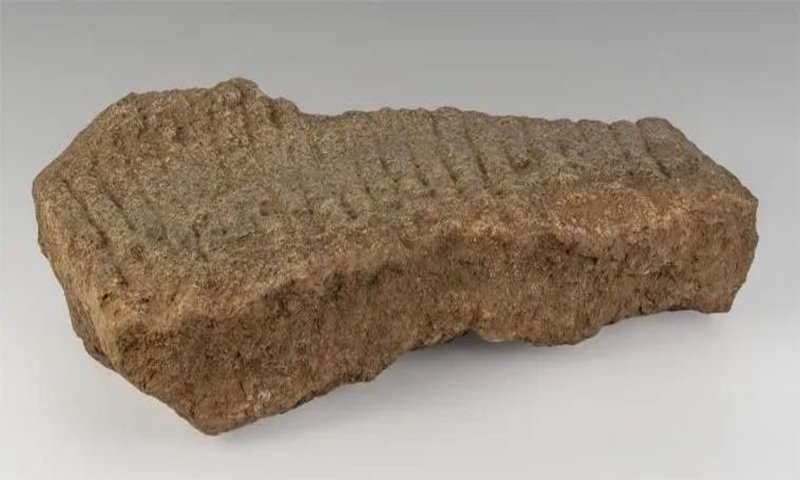In a groundbreaking discovery, archaeologists have unveiled a site in Changchun, located in Northeast China’s Jilin Province, that once thrived under the Jurchen people, who were the ancestors of the modern-day Manchu ethnic group. This revelation is particularly noteworthy as it stands as the first known site in Changchun from the era of the Ming Dynasty, corresponding to the time frame between 1368 and 1644. The information was shared by Zhang Liyan, a renowned professor affiliated with the School of History and Culture at Northeast Normal University, who was actively involved in the excavation process.
Situated strategically near a highway in the Xihu Village, this archeological treasure spans across 200 square meters and is intricately layered into four sections. A team of dedicated researchers from the Jilin Provincial Institute of Cultural Relics and Archaeology worked in tandem with the archaeology department from Northeast Normal University to meticulously unearth the secrets of this site. Their efforts were concentrated over July and August of 2022.
The excavation revealed a trove of over 60 artifacts. This included an array of pottery, porcelain, stoneware, iron tools, and copper coins. Additionally, there was a plethora of pottery fragments scattered around. Subsequent analysis and research have ascertained that this historical site hails from a period bridging the late Yuan Dynasty, which spanned from 1279 to 1368, and transitioned into the early phases of the Ming Dynasty.
Historical texts and accounts chronicle the migration of the Jurchen tribes. These tribes, originally settled in the middle and upper sections of the Songhua River, ventured south during these times. Zhang Liyan emphasized the importance of this site, explaining that its discovery augments the archeological understanding of the Ming Dynasty’s Jurchen culture in Jilin Province. Furthermore, it lends tangible evidence to the tales of the southward expeditions of the Jurchen population during the concluding years of the Yuan Dynasty and the nascent phase of the Ming Dynasty.
A closer look at the artifacts revealed intriguing insights into the cultural practices of the Jurchen people. Pottery was found in abundance, with a majority being clay red pottery. This pottery was crafted at relatively low temperatures, leading to inconsistent hues and tones. The resultant pottery pieces showcased irregular contours, significant cracks, and many fragments had split down the center. Zhang emphasized that these characteristics paint a vivid picture of the rudimentary pottery-making techniques utilized by the migrating Jurchen people during this epoch.
Another remarkable find at the site encompassed unique stone tools, some of which were previously undocumented. These included pestles, mortars, and millstones, primarily used to grind millet and grain. By juxtaposing these artifacts with soil and vegetation samples, Zhang deduced that the inhabitants of this site were predominantly agriculturists, specializing in cultivating millet and panicum crops. These stone instruments would have been pivotal in processing the harvested grains.
READ MORE:
